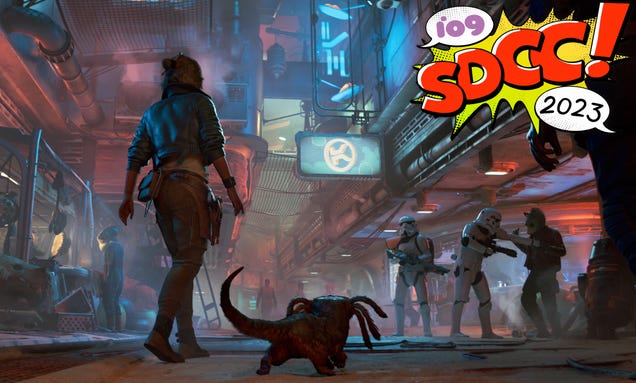PLAYING the Dream Team stock market can be a profitable venture for gaffers if they know what they’re doing.
Generally speaking, a player’s price will increase if they perform well and their value in the game will decrease if they’re out of form.
However, the process is a little more sophisticated than this simple summary suggests, so allow us to clarify some information regarding variable pricing.
 Dream Team
Dream TeamPrices change weekly and occur during the changeover from one Gameweek to another, with £0.3m being the maximum amount a player’s value can change at any one time.
A player’s most recent Gameweek performance is the primary factor in determining how their price changes but previous returns are also taken into account.
For example, a striker who breaks a lengthy goal drought with a brace may not receive a significant price boost as a result, because of the poor showings immediately prior to their double-digit haul.
But that’s not all, player price changes are also impacted by several other factors, such as: starting price, average score, and performance in relation to all others across the most recent Gameweek (i.e. how well the player performed in the context of all players).
This means a player who scores ten points in a low-scoring Gameweek may receive a greater subsequent price change than a similar player who previously scored ten points in a high-scoring Gameweek across the board.
In fact, even similar players of equal value who score the same number of points in the same Gameweek may not experience the same price change because of the aforementioned impact of previous form.
The formula used is fundamentally the same as previous seasons.
 Reuters
ReutersPlayers who started with a relatively high price, and consistently score well, will need to produce plentiful points to keep gaining value compared to those who began the season in the affordable price range.
This process allows prices to level out, rather than increase exponentially – if Erling Haaland increased by £0.3m every time he scored a goal his price would quickly escalate into the realms of the absurd.
It should also be noted that players who do not feature in the given Gameweek’s fixtures are not eligible for price changes – injured stars will therefore not decrease in value while sidelined.
Additionally, a player competing in two matches in a Gameweek will not have an advantage over those competing in just one.
Players who pull double duty will be judged on their performance versus expectation across both games.
Dream Team managers should be aware that the formula that determines player price changes is objective and consistent throughout the season.
The ultimate aim is for each player’s price to reflect their true value as a Dream Team asset.
This is why gaffers should be very careful when attempting to turn a profit based on short-term performances.
In the real-world setting of the Premier League, a midfielder’s market value may increase if they score a couple of goals but most fans know the perils of judging a player’s overall ability on just 90 minutes.
Dream Team aims to mirror football’s reality by ensuring a player’s price is representative of their overall talent.
talkSPORT BET Welcome offer

Get £30 in free bets when you bet £10 – CLAIM HERE
18+ New customers only. Opt in & bet £10 on any sports at 2.00+ odds within 7 days. No Cash out. Get 3x £10 Free Bets on selected markets. Free bets expire in 7 days. Card payments only. T&Cs apply. BeGambleAware.org | Please gamble responsibly
Commercial content notice: Taking one of the bookmaker offers featured in this article may result in a payment to The Sun. 18+. T&Cs apply. Begambleaware.org










 Bengali (BD) ·
Bengali (BD) ·  English (US) ·
English (US) ·